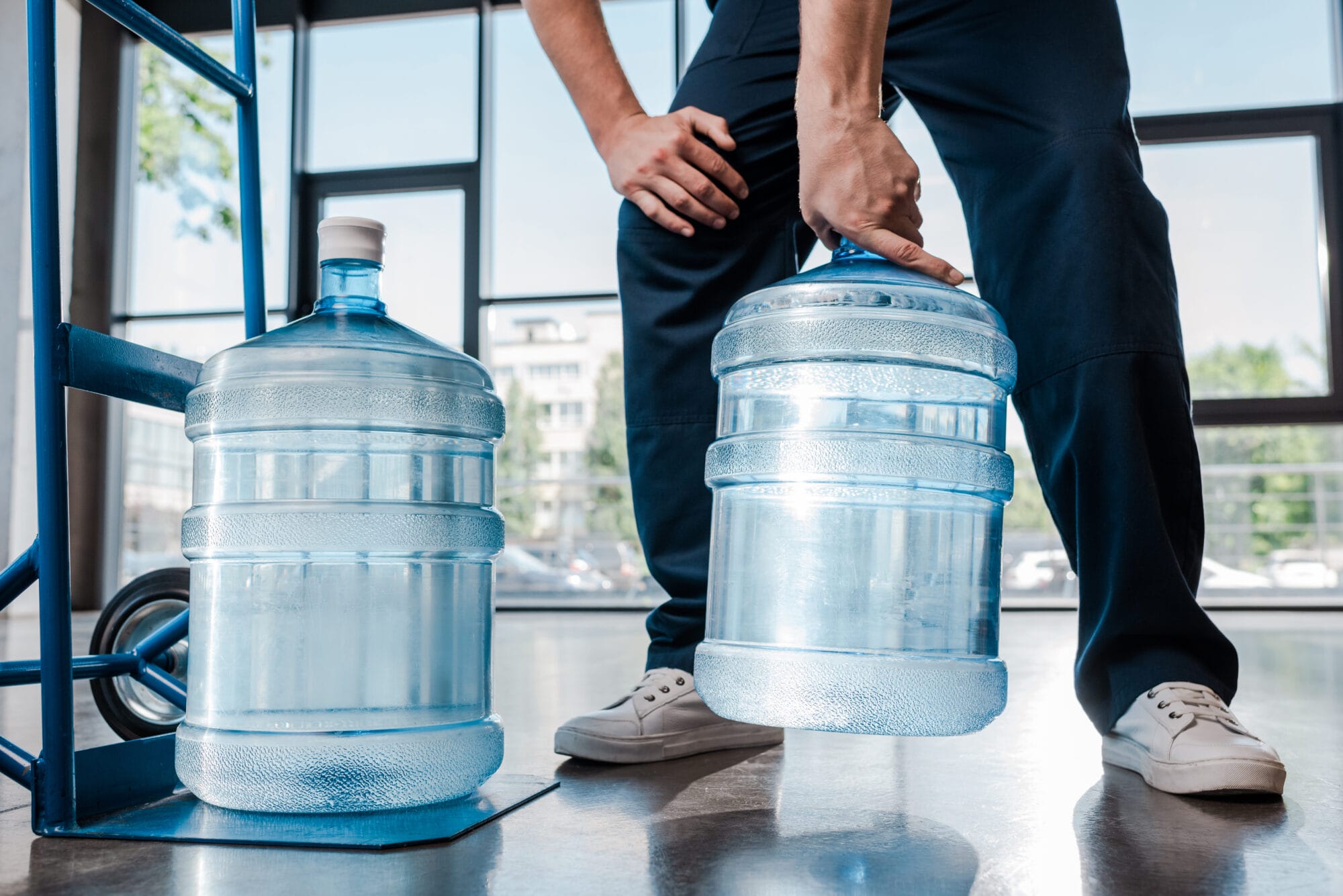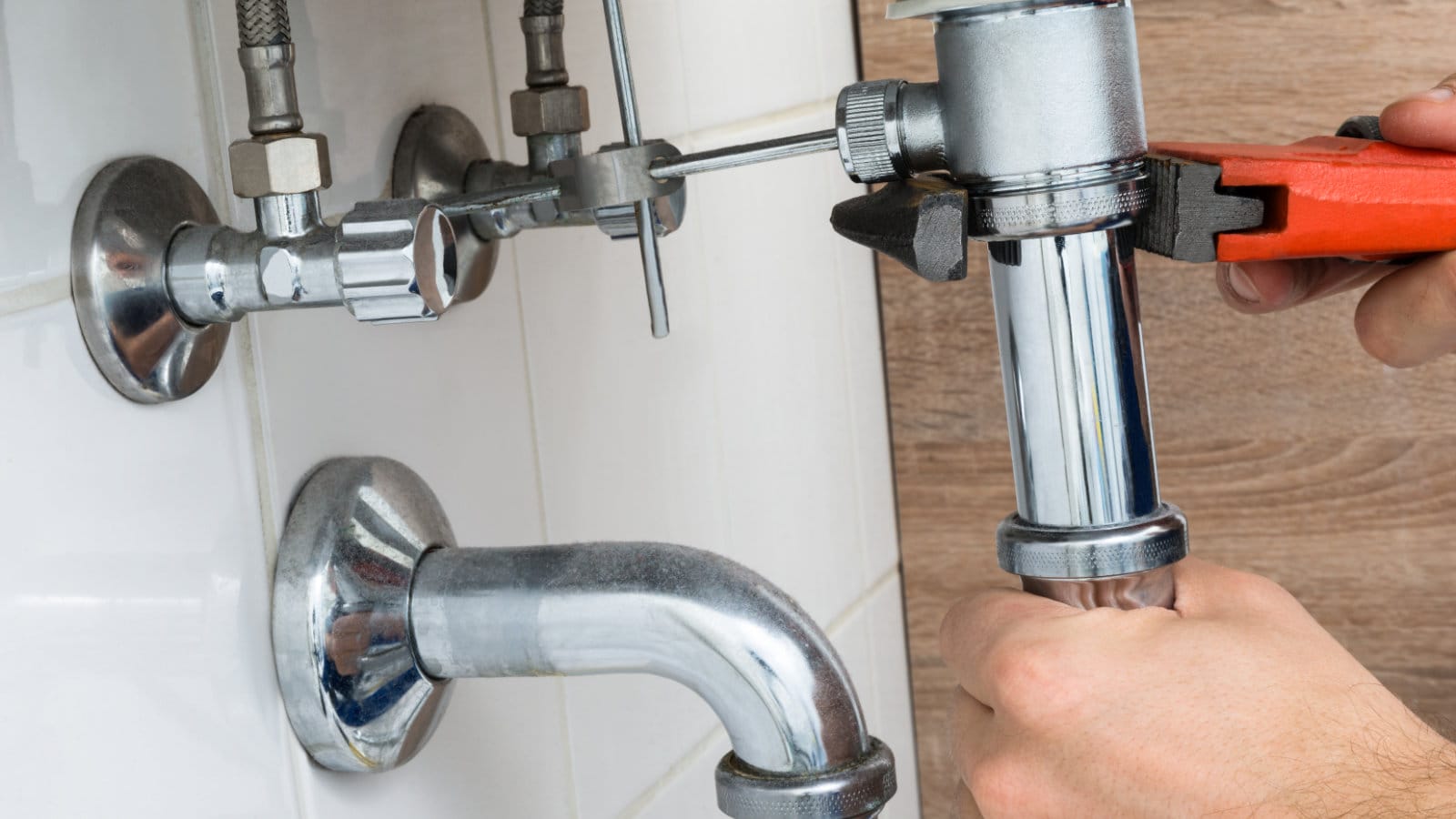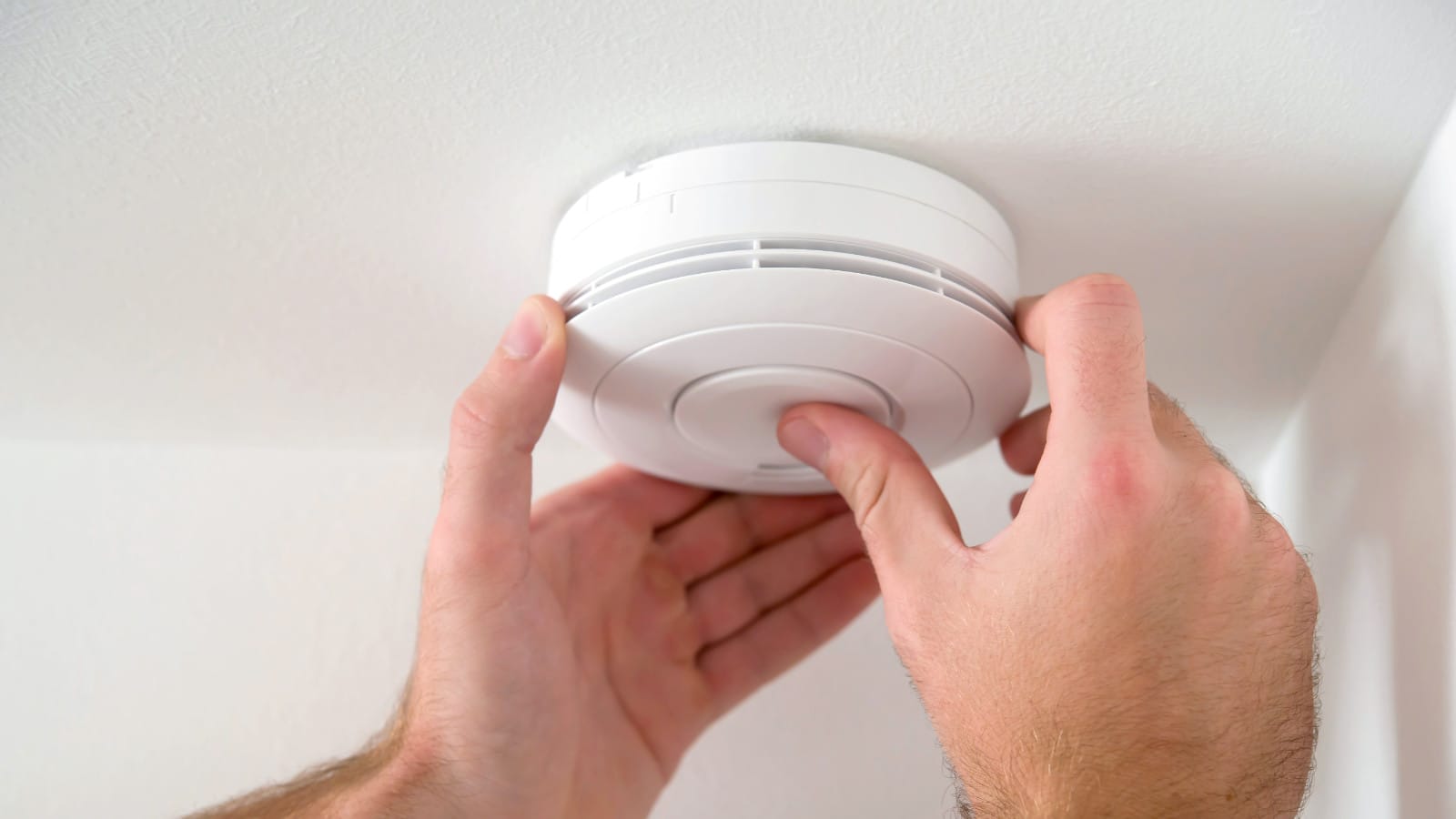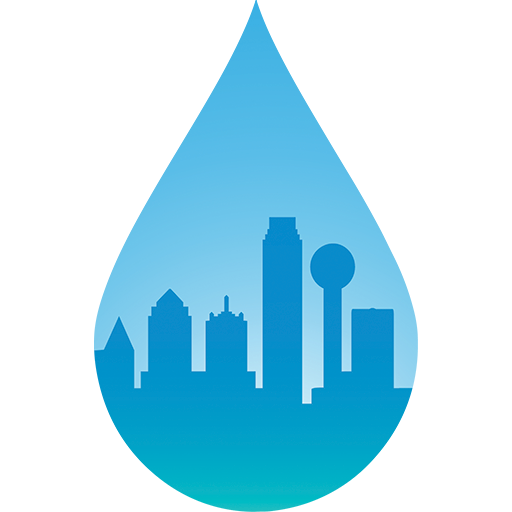In the face of unforeseen disasters, ensuring your family has access to safe drinking water is paramount. This guide provides you with a comprehensive approach to prepare for water emergencies, keeping your loved ones safe and hydrated. Let’s dive into the essentials of water storage and safety practices.
Understanding Water Storage Essentials
Before a crisis hits, knowing how much water you need and how to store it is crucial. Here’s what you should consider:
How Much Water is Enough?
- Store at least one gallon of water per person per day for at least three days. For a family of four, that’s at least 12 gallons. Remember, this is for drinking and sanitation purposes.
Choosing the Right Storage Solutions
- Use food-grade water storage containers, available at most supply stores. Clean and sanitize them before filling with water. Alternatively, consider commercially bottled water for convenience and safety.
Maintaining Your Emergency Water Supply
A well-maintained supply ensures water is safe when you need it. Follow these tips:
Regularly Rotate and Replace Water
- Replace your stored water every six months to ensure freshness. Mark the storage date on containers to keep track.
Keeping Water Safe from Contaminants
- Store water containers in a cool, dark place. Avoid direct sunlight and chemical exposure to prevent contamination.
Preparing for Various Water Emergencies
Different emergencies require different responses. Here’s how to stay prepared:
Natural Disasters
- Keep your emergency water supply in an easily accessible location, away from areas likely to be affected by natural disasters like floods or earthquakes.
Water Contamination Alerts
- Stay informed through local news for boil water advisories or contamination alerts. Have a water purification method ready, such as boiling or using purification tablets.
Ensuring Water Safety and Purification
In some situations, you may need to purify water. Here are reliable methods:
Boiling
- Boiling is the most effective way to kill pathogens. Boil water for at least one minute, let it cool, and then store it in clean containers.
Chemical Purification
- Use household bleach containing 5.25-8.25% sodium hypochlorite. Add 8 drops per gallon of water, stir, and let it stand for 30 minutes.
In Conclusion: Stay Prepared, Stay Safe
By following these practical steps, you can ensure your family has access to safe drinking water during emergencies. Remember, preparation today can prevent hardships tomorrow. Stay informed, stay prepared, and ensure your family’s safety and well-being in any situation.





